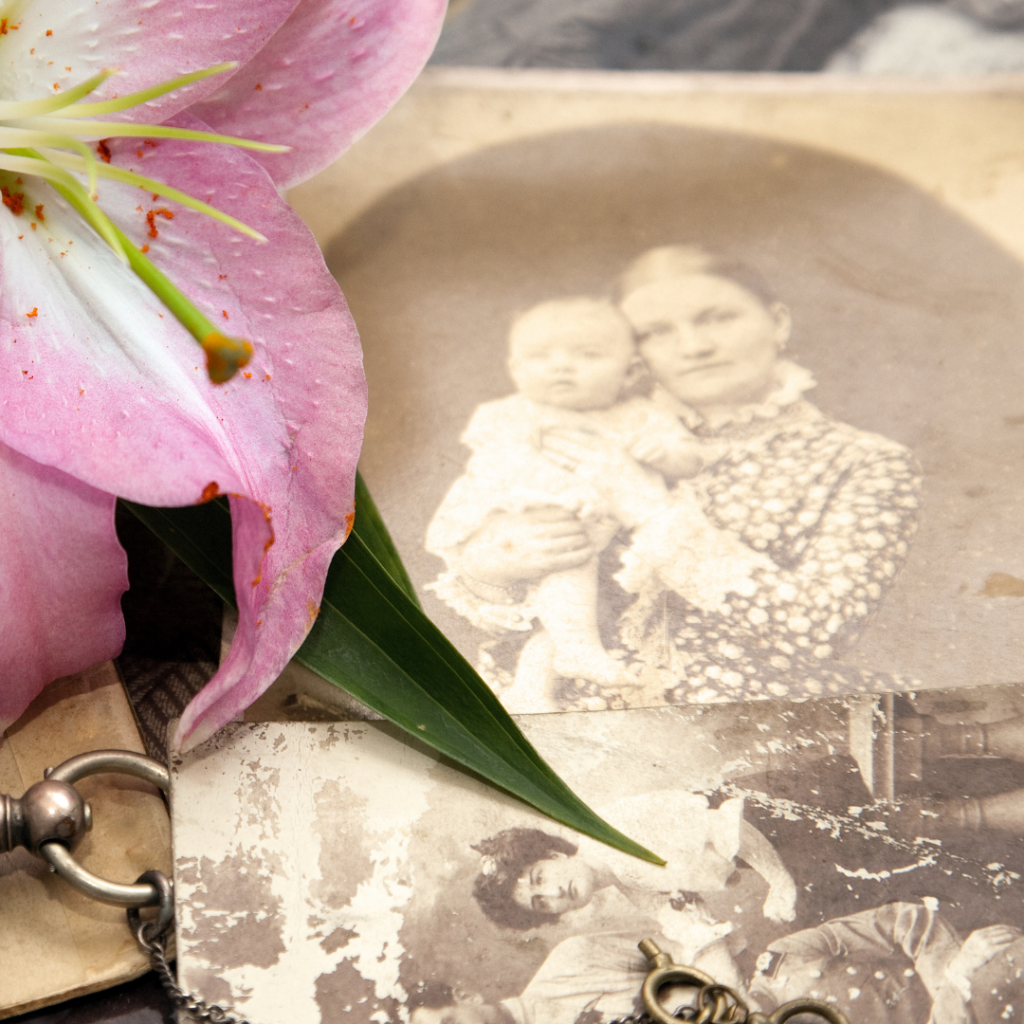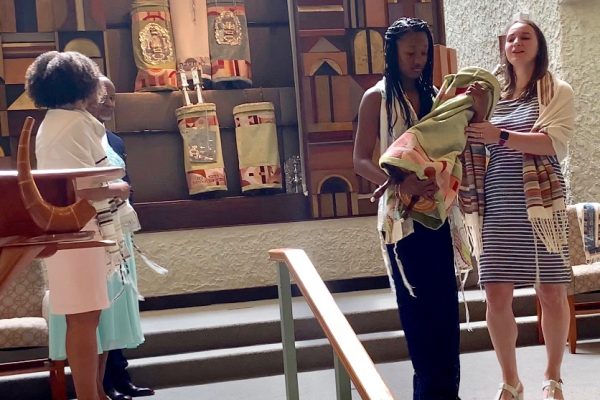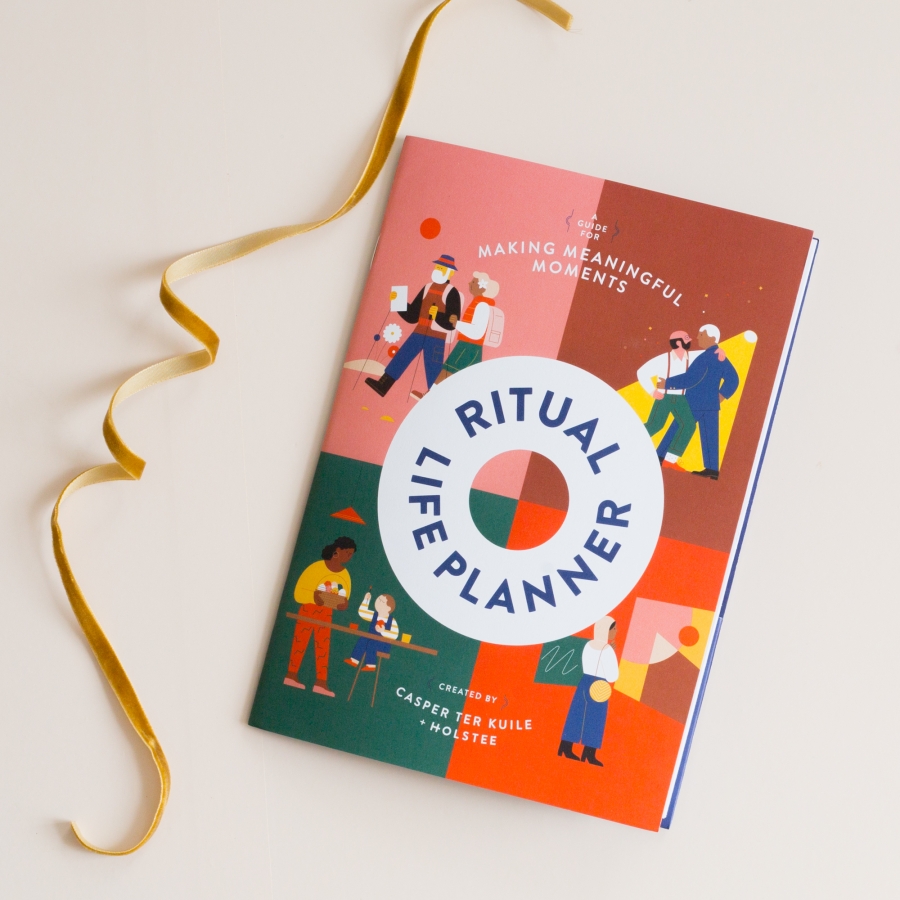-
Their names
-
Where they were born
-
What they did for a living
-
Again, try to recall three facts about each of them.
-
If you can’t think of three, recall as many as you can.
-
How much of your life will be remembered by your children?
-
By your grandchildren?
-
By their children’s children?
-
Stand up and form a circle with others. 2. Turn sideways and place your hands on the shoulders of the person in front of you.
This circle only remains whole if everyone maintains their position. If even one person lets go, the entire circle is broken.
Now, think about the people who came before you—those who made your life possible. Consider the generations that helped them and the ones who helped those before them.
Visualize an interconnected chain, stretching back:
- To the time of your ancestors
- To the time of the patriarchs and matriarchs
- To the earliest humans
Now, reflect on the person behind you—the one with hands on your shoulders. They symbolize the people in your life who helped you get to where you are today.
But this person also has someone behind them, holding their shoulders— Representing the people who helped the people who helped you.
And so the chain extends back for millennia.
Even though you cannot know the identities or lives of individuals beyond a few generations, you know for certain that because those people lived, you are here today.
Step 4: Your Impact on Future Generations
Now, consider the person whose shoulders you are holding. They symbolize the people whose lives you have affected—because of your choices, your actions, and your presence in the world.
And those people will go on to help others—who will help others— Creating an ever-expanding ripple effect into the far future.
So, even if generations from now no one remembers your name, Your life HAS made a difference—in ways you may never see, but will endure for eons to come.
Step 5: Embracing Your Place in the Tapestry of Life
“The world was created for me—so that I, in turn, could help create the world.”
You may feel small, but you are an essential, integral part of humanity’s tapestry. What you have done matters, and its effects will endure long after you are gone.
When Joseph meets his father Jacob, now called Israel, Jacob says:
“I will die this time, since I have seen your face, that you are still alive.”
I think that the deeper means of these words is that Jacob can accept his own mortality because he sees that he will live on through his son— And through the generations that follow, down through the ages, all the way to this moment.
Final Reflection
Just as your life has been shaped by countless ancestors, So too will your presence continue to shape the generations ahead.
Even if you are one day forgotten, know this: Your impact will endure, woven into the fabric of existence itself.

